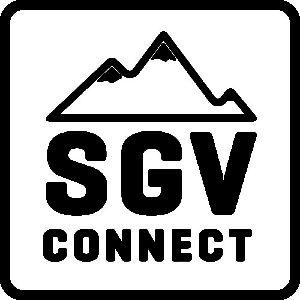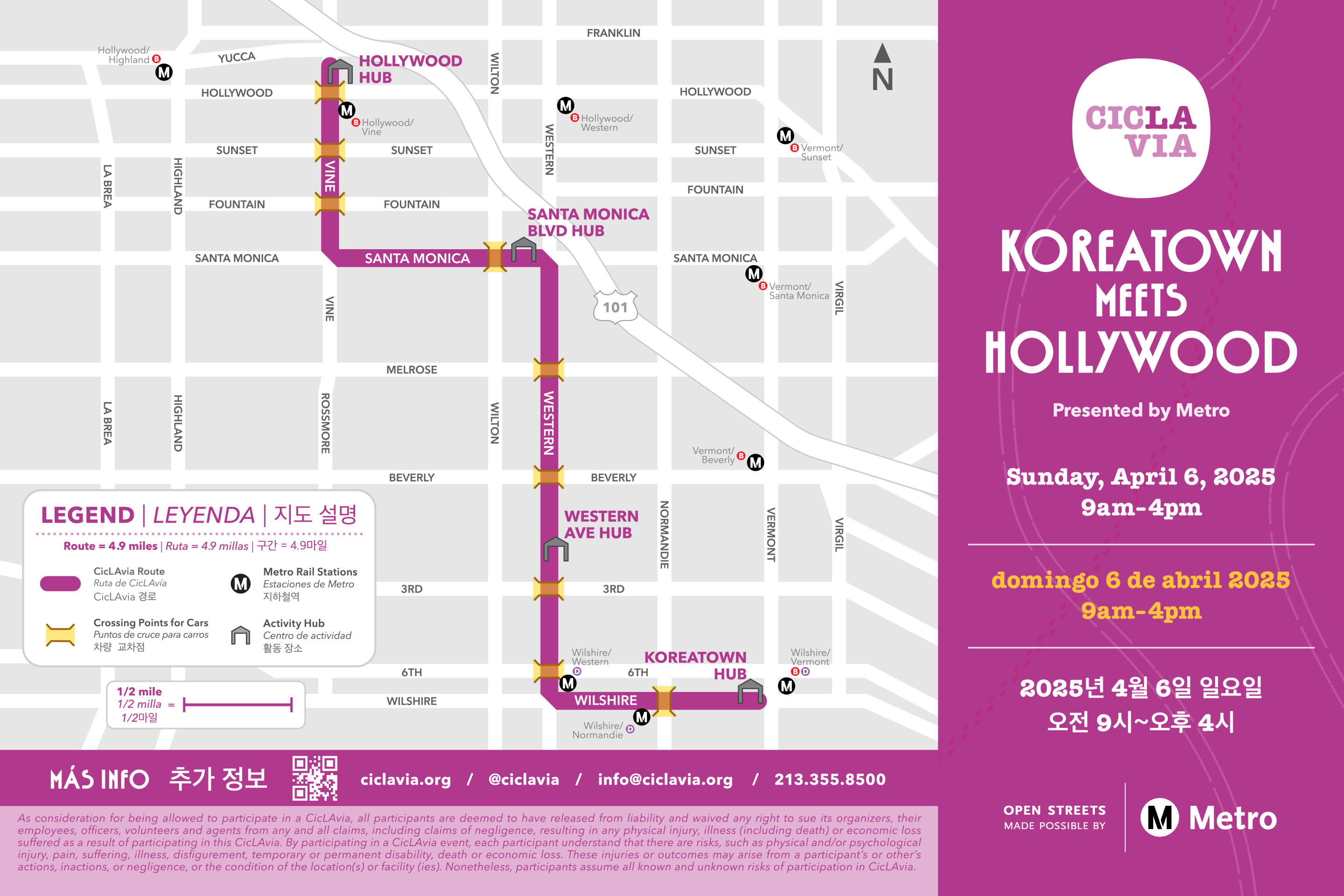Last week, news broke that bids for the next extension of the Foothill A Line (former Gold Line) - from Pomona to Montclair - would be delayed because the only bid to design and build the project was hundreds of millions of dollars higher than anticipated.
Earlier today, Damien Newton sat down with Gold Line Foothill Construction Authority CEO Habib Balian to discuss the causes of the delay and how it impacts the timeline of providing rail service to Montclair.
Meanwhile, major construction on the extension from Glendora to Pomona wrapped up earlier this year. Balian anticipates that Metro will announce next month the exact date that extension of the Gold Line will open to the public - probably sometime later this summer.
During the podcast, Balian uses the terms “design build” and “construction manager at risk“ to discuss the different processes that agencies and contractors can use when making agreements on how a project will proceed and who carries which liabilities. For those interested, the links on the terms above explain what those processes are.
(Note: this week’s SGV Connect podcast is being broken into two parts. Part 2, which is a series of interview about The People’s Cafe in El Monte, will be broadcast tomorrow.)
A transcript of this podcast is available after the embed of the broadcast.
Streetsblog’s San Gabriel Valley coverage is supported by Foothill Transit, offering car-free travel throughout the San Gabriel Valley with connections to the A Line Stations across the Foothills and Commuter Express lines traveling into the heart of downtown L.A. To plan your trip, visit Foothill Transit. “Foothill Transit. Going Good Places.
Sign-up for our SGV Connect Newsletter, coming to your inbox on Fridays, and catch past episodes of SGV Connect and #DamienTalks on LibSyn, iTunes, or Overcast.
Transcript: This transcript is lightly edited for clarity.
Damien Newton
Since the last time we've checked in, there's been a lot of good news, and then last week we had a little bit of concerning news. So let's get the "bad stuff" out of the way, and then we can talk about where we are with the project going forward. Last week, we heard that the next phase of the extension -not the one where the construction is completed, but the next phase - is going to be delayed at least a little bit because bids did not come in as low as hoped. Can you explain what happened there and what the next steps are for the Construction Authority?
Habib Balian
Over the last three years, in preparation to go out to bid for the next phase of the project from Pomona to Montclair, we did our own independent cost estimate. We brought in outside estimators - people that are very well known in the industry - to look at the project, look at our design, look at the specifications, and help us foresee what a potential bidder might bid on the job.
We went about this process, as any owner would, whether you're building a billion dollar light rail or remodeling the bathroom of putting some feelers out there what you think the job is going to cost. We went after it three times over the last three years. We even had Metro look over our shoulder and look at our estimates to come up with a validation of that number. And we rounded out with these estimators and Metro of a range of bids of what we thought the project was going to cost. We then started this procurement. We got some feedback during the procurement that our process to build the project using "design build" was not favorably received by the industry anymore. They don't want to take on that risk.
We, as the owners, want to shove that risk off on the contractors. And that's worked very well for us over the last 20 years and the three phases of the project using design-build. But that model was getting some resistance in the building community.
We also understood that a lot of potential bidders for the job would not be interested in competing with Kiewit (who had been the incumbent contractor for three consecutive projects that we built on the job from Union Station to Pasadena, Pasadena to Azusa/Glendora, and then the Azusa/Glendora border all the way to Pomona). Bidders were saying, 'Kiewit, seems to know the job so well, we may not be interested in bidding a job and competing with them, since they know it so well and probably could outbid us or underbid us.'
So we were very nervous about this. Going into it, we took what we thought were very conservative precautions. We did a lot of outreach to the contracting community. We hosted these forums available for people to ask questions. And we also incentivized potential bidders with $9 million worth of recuperance of the potential bid that any work that they put into it - the design that went into this, the cost of them bidding the job, they would, as a course of a participant, be able to receive a four, three and $2 million payment for the work that they perform.
Any design that they had done in furtherance of a bid that they would be able to give that to us, we would buy it from them, essentially based on their submitting a good bid that was responsive to the procurement.
So even with all those incentives, Bid Day rolled around and, going into it, we knew we were only gonna have one participant. Which made us very nervous that there would be no other bids coming in. We knew that through the RFP process, and basically held our breath for a couple months until the bid came in. The bid came in, it was substantially higher than we expected, I believe, 54% higher than what our estimators and Metro thought the project would cost. We talked to them, went through a best and final offer and were not able to reach... achieve any substantial reduction in it.
Then I took it to the board with the recommendation that we cancel that procurement and instead go out and re-procure through a different contracting method - CMAR (construction manager at risk, as it's known in the industry) - and proceed ahead with the project. It will be a bit of a delay, but it is a plan to get the project built, which is our mandate: to Montclair. We are starting in earnest with that procurement. It'll likely be on the street in June, and we'll be able to hire that designer and then bring on a construction management firm as well, and begin that process. And in furtherance of completing the project, with probably about a year delay we're expecting.
Damien
So with the year delay, could you outline what the rough timeline looks like now, to get that phase?
Habib
So we'll go through a procurement process beginning in June, probably June to September or October. We're nailing down the schedule right now, we will go and we'll seek a designer. That designer will engage them. That designer will complete the design, take it from our 20-30% complete and to a complete design.
About midpoint of that we will start a procurement for construction manager. That construction manager will look over the shoulder and work with the designer to prepare a bid and confirm that they can build the project for our budget. So that will take about two years from now, and then that'll be a 'thumbs up or thumbs down' with that design, with that builder. If it's within our budget, we'll award the contract to them. And then from that point, it's about a four-year construction project. So roughly, 2030-31.
Just as a footnote, should that builder that we bring on - the construction manager - say, 'we need more money,' or 'it's an inadequate budget,' we then have the ability of going out and soliciting a new builder for that project and hiring them and going out for construction based on a new bid.
Damien
So it sounds like a lot's going on, but the plan is still to move forward and to keep going.
Habib
Absolutely. The mandate of the legislature...back in 2000 they determined that the project would go from Union Station to Montclair. Just so, you know, originally [it] was supposed to only go to Claremont, and then it was later amended by the legislature to take it from Claremont to Montclair. That is our mandate.
It's very important for this project to work at its maximum. And that requires it get to these hubs. And the nearest hub for this project is, in fact, getting to Montclair - to the Montclair Transit Center, the bus center. It's very important for ridership and for moving people from the Inland Empire into LA County along the Gold Line route from Montclair.
Damien
Alright, so that covers last week's news. But since the last time we've talked, there was some good news involving construction of the current extension, so to speak. So why don't we talk a little bit about where we are in that process, which I believe is mostly done.
Habib
That's correct: mostly done. We achieved substantial completion by the contractor in early January, satisfied with their work. It was turned over to Metro for them to begin their preparations for operation. They'll start, doing their own testing and training of operators for over the next several months, with the anticipation that they will put it into service some time this summer. Metro - once they get underway with their testing fully - they'll be able to determine, probably in the May period, when they're going to announce a operations date with exactly when they're going to operate it some time this summer.
Damien
I said "mostly" I know your part is mostly done. It's "Metro's part" now that is still worked on. I just wanted to make it clear that when we said completed, it doesn't mean it's opening tomorrow. It's opening in probably July or August, if things go well.
Habib
That's correct. And just footnote to that is keyword is "still on the job." There's a long list of punch-list items that they're completing, some landscaping, some wall improvements, fare gates, something that's been a design change. Metro has come up with different fare gates system that is being retrofitted in. Our design originally didn't have them. Now it does, and they're being built as we speak, and installed.
So,some of those last minute details are being done. So if any of your listeners actually go along the line and take a peek at what's going on, you're still going to see construction workers out there.
There's still activity, nothing to the degree, obviously, of when construction was at full tilt. But right now, there is work going on, some cleanup activities, and handrails and fencing and gating is still going on,
Damien
I think we covered the two big topics on the checklist. Was there anything else you wanted to say before we before we sign off until July?
Habib
We're very excited about July. This is going to be very big for the San Gabriel Valley to connect further into the San Gabriel Valley, into Los Angeles, and ultimately to Long Beach. It's going to be very exciting for passengers, I think, and people are really going to enjoy this ride. It's a great system, and the stations look great. The artwork looks great. So we have a lot to show off this summer.
Damien
Well, we look forward to talking then and when the first phase of the extension open. I got this cool pin set, so I still have my fingers crossed to get another pin… Well, thank you very much. And we will. We'll talk again soon.
Habib
Okay, take care. Damien, thank you. Bye.




